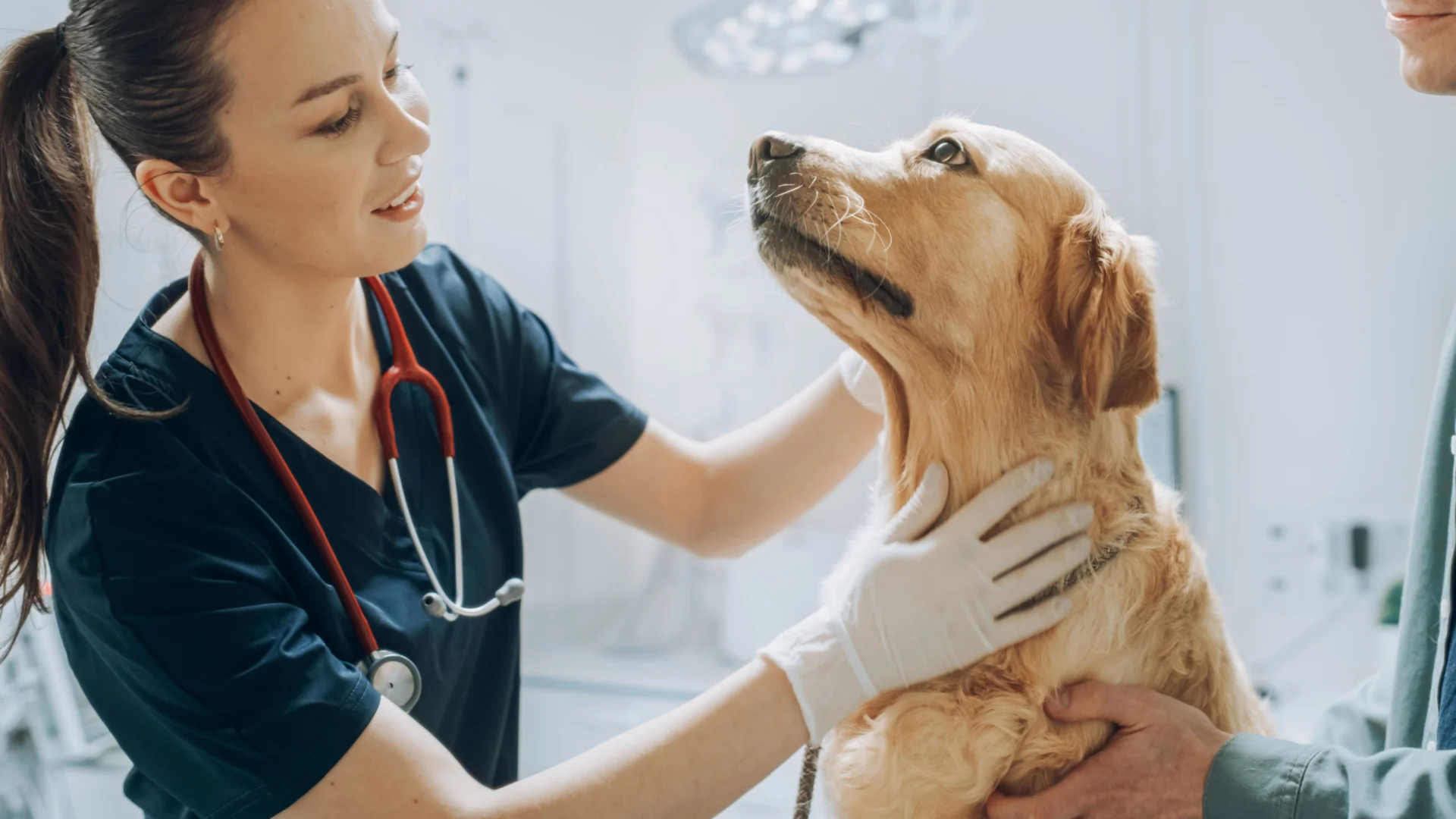Combatting Clostridioides difficile (C. diff) Infection in Livestock: Why Next-Generation Sequencing Is the Better Choice for Detection and Treatment Compared to Culture Testing
Clostridioides difficile (C. diff) is a significant pathogen in both human and veterinary medicine, and its rising impact in livestock – particularly pigs and cows – has raised growing concern. This opportunistic, spore-forming bacterium is a leading cause of mortality in neonatal pigs and calves, causing symptoms such as diarrhea, weight loss, and lethargy. As C. diff infections (CDI) become more prevalent in animal agriculture, the need for accurate, fast, and comprehensive detection methods is more critical than ever.
At MiDOG Animal Diagnostics, we harness the power of Next-Generation Sequencing (NGS) to detect all potential pathogens – including hard-to-culture ones like C. diff – alongside their antimicrobial resistance (AMR) profiles. This provides veterinarians with a powerful tool to make targeted treatment decisions faster, supporting animal health and responsible antimicrobial use.
The Challenge of C. diff in Livestock Populations
- diff is a spore-forming, Gram-positive anaerobic bacterium that colonizes the intestines of pigs and cows, particularly in neonates. Infections are often linked to environmental exposure to spores and can range from mild diarrhea to life-threatening enterocolitis. The economic impact is substantial, due to increased mortality, lower production efficiency, and treatment costs.
What’s more, asymptomatic carriers can spread C. diff through feces, posing a risk for zoonotic transmission to humans. This highlights the need for more sensitive and robust diagnostic approaches – especially as antibiotic-resistant strains become more common.
Historically, antimicrobial use in livestock has helped manage bacterial infections – but it has also driven the evolution of resistant strains of C. diff. Effective treatment now depends on early detection and precise identification of AMR genes before starting therapy.
Why Culture-Based Testing Falls Short
Traditional culture methods involve growing bacteria from stool samples in anaerobic conditions on selective media, followed by toxin assays and antimicrobial susceptibility tests. While still widely used, this approach has several important limitations:
- Slow turnaround: Culture-based tests often take several days to return results.
- Low sensitivity: Some C. diff strains are difficult to culture due to their fastidious nature.
- Limited data: Susceptibility tests usually assess only a few antibiotics and miss the broader AMR landscape.
- Missed complexity: Culture can’t detect polymicrobial infections or fully represent the microbial community that may be influencing disease outcomes.
These shortcomings can delay diagnosis and hinder targeted treatment. Fortunately, NGS offers a transformative solution.
Why NGS is a Game-Changer for C. diff and AMR Detection
At MiDOG, our NGS platform provides unmatched speed, depth, and precision in detecting C. diff and its resistance genes. Here’s why it outperforms traditional methods:
- Comprehensive Genetic Profiling
- NGS fully characterizes the C. diff genome, identifying virulence factors, toxin genes (tcdA, tcdB, cdtA, cdtB), and resistance determinants.
- It can also detect hypervirulent strains like ribotype 027, which is associated with severe disease and multidrug resistance.
- Rapid and High-Throughput Detection
- MiDOG’s NGS-based diagnostics deliver results in hours to days, not weeks.
- Timely intervention reduces disease spread and improves treatment outcomes – especially critical in herd settings.
- Unbiased, Culture-Free Detection
- NGS identifies all pathogens present, including unculturable or slow-growing strains missed by conventional methods.
- It also reveals co-infections, giving a full picture of the microbial landscape affecting the animal’s health.
- In-Depth AMR Surveillance
- MiDOG’s NGS approach pinpoints resistance genes such as ermB (macrolide resistance), tetM (tetracycline), and vanA (vancomycin)—even those undetectable by standard tests.
- This data supports antimicrobial stewardship by helping veterinarians avoid ineffective antibiotics and reduce overuse.
The Future of C. diff Management in Livestock
The move from culture-based diagnostics to NGS marks a paradigm shift in veterinary microbiology. By incorporating NGS into routine surveillance, livestock producers and veterinarians gain a deeper understanding of disease epidemiology and resistance patterns.
As sequencing costs decrease and AI-driven analytics continue to evolve, NGS will become increasingly accessible for agricultural settings—offering even faster turnaround times and more powerful insights.
Final Thoughts
- diff poses a serious threat to animal health and food production systems—and traditional diagnostics are no longer enough. MiDOG’s next-generation sequencing platform offers a faster, more accurate, and more complete picture of the pathogens and resistance genes affecting livestock.
By empowering veterinarians with precise, data-driven diagnostics, we help ensure better treatment decisions, healthier herds, and reduced risk of zoonotic spread—all while promoting the responsible use of antimicrobials.
Categories: Antibiotic Resistance, Bacterial Infections, Fungal Infections, Next-Gen DNA Sequencing Technology, Zoonotic Infections

